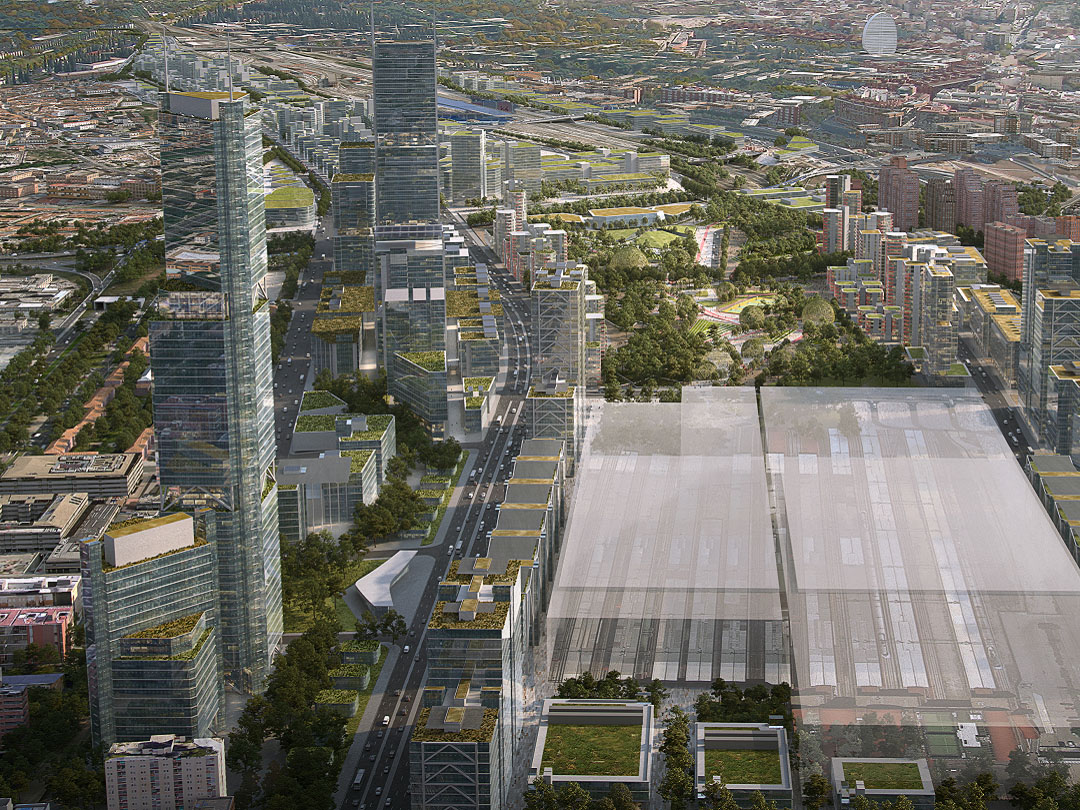24 October 2018
for Madrid Nuevo Norte

The activity at Madrid Nuevo Norte will be structured around Agustín de Foxá Street, which is set to become a critical axis for the north of the capital. This street will extend towards the north, passing through the future Business District until Fuencarral.
With a decidedly urban image and abundant public transport, the retail premises will house shops, stores, services and restaurants, and a public space that will soon become notorious for its lively urban life.
This street, around which the business activity of the north of the capital will develop, will have unique features that will set it apart. The section to the south of the M-30 ring road will have an underground level that will give priority access to intercity buses arriving at the future Chamartín Intermodal Transport Hub, services associated with the Business District, loading and unloading of cargo and courier service, as well as access to underground car parks for offices and residential units. This will clear the street of a significant amount of traffic, which will now be available only for low-speed traffic, city buses, bicycles and pedestrians.

After crossing the bridge over the M-30 ring road, the street will continue through Fuencarral District at street level for another 1.6 kilometres until the M-40 ring road.
A new Metro line will run under Agustín de Foxá Street with three new stations, one in the Business District and two in Fuencarral. These new stations will be added to a new commuter train station, the Bus Rapid Transit and the 13-kilometre cycling network. All this, along with the increased role of pedestrians and streamlining of road traffic, confirms Madrid Nuevo Norte’s commitment to sustainable mobility, based on public transport plus pedestrian and cycling routes.
This ambitious plan seeks to turn around the existing relationship between the different means of transport, in which public transport and bicycles account for only 20% of the trips. We want to reverse this ratio to 80% of trips by sustainable forms of mobility and only 20% by private car.
